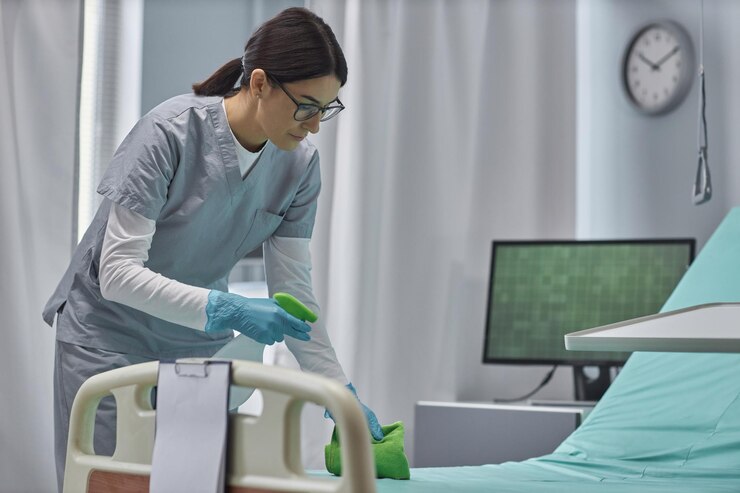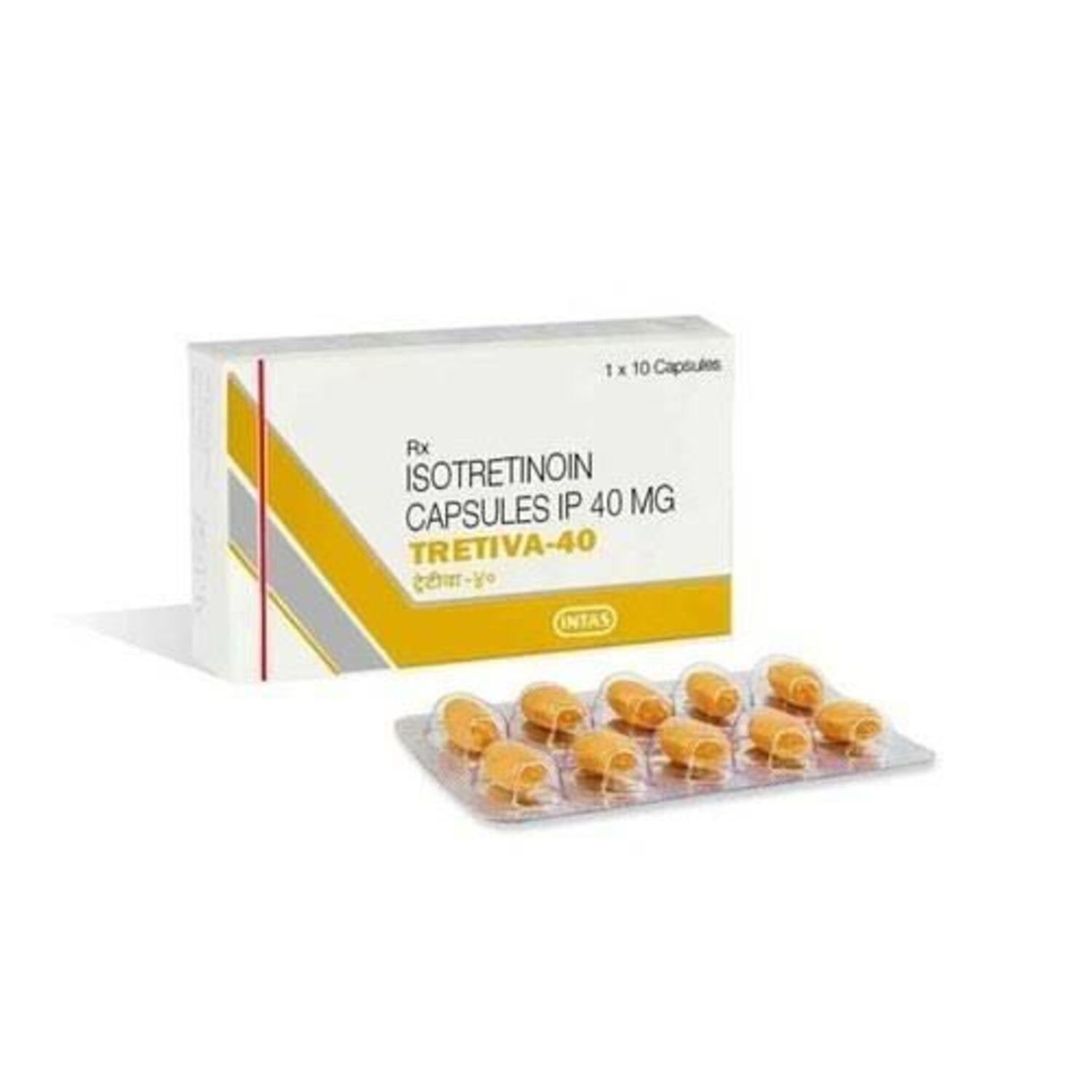The surgical sutures market, valued at USD 4.24 billion in 2023, is projected to grow at a robust CAGR of 6% over the next decade, reaching a value of USD 7.16 billion by 2032. The growth is primarily fueled by the increasing volume of surgeries worldwide, particularly driven by the aging population and rising incidences of chronic diseases. In this blog, we delve deeper into the factors driving the market, explore current trends, and examine the competitive landscape.
Market Drivers: Pushing the Boundaries of Surgical Technology
1. Surge in Surgical Procedures
Surgical interventions are becoming more frequent due to the rise in chronic diseases such as cardiovascular disorders, diabetes, obesity, and cancer. These conditions often require invasive procedures, directly boosting the demand for surgical sutures. For instance, cardiovascular surgeries account for a significant portion of the global surgical sutures market as heart diseases remain the leading cause of death worldwide.
Additionally, the growing elderly population—projected to double by 2050—necessitates more surgeries, including hip replacements, cataract surgeries, and other age-related procedures. This increase in surgeries directly correlates with the demand for reliable and advanced suturing materials.
2. Technological Innovations in Suturing Materials
Advancements in suture materials have revolutionized the market. Traditionally, sutures were made from natural materials, but today, modern technology has introduced synthetic and biodegradable sutures. These offer several advantages, such as improved tensile strength, minimal scarring, and faster healing times.
Absorbable sutures, for instance, are gaining traction in modern surgical procedures. They dissolve naturally within the body, reducing the need for removal post-surgery, thus enhancing patient comfort and minimizing complications. This segment is anticipated to grow faster than non-absorbable sutures due to their convenience and patient-centered benefits.
3. Demand for Minimally Invasive Surgeries
The trend toward minimally invasive surgeries (MIS) is also reshaping the sutures market. MIS procedures, which are less traumatic to the body, require more precise suturing techniques and materials that leave minimal scarring. With faster recovery times and reduced hospital stays, patients and surgeons are increasingly opting for these procedures. As a result, the demand for high-performance sutures, designed specifically for delicate, minimally invasive procedures, is increasing rapidly.
4. Growing Popularity of Antimicrobial Sutures
Antimicrobial sutures are embedded with agents such as triclosan to inhibit bacterial growth, reducing the risk of surgical site infections (SSIs). SSIs can lead to prolonged hospital stays, increased healthcare costs, and in severe cases, morbidity. With the growing focus on infection prevention in healthcare, these antimicrobial sutures are becoming an essential part of post-operative care. The use of antimicrobial sutures is expected to expand as more hospitals adopt infection-control measures.
Market Segmentation: Tailoring Sutures for Diverse Applications
The surgical sutures market is diverse, catering to different surgical needs across various disciplines. The market is segmented by product type, material, application, and end-user, allowing for a comprehensive understanding of its dynamics.
1. By Product Type
- Absorbable Sutures: Dissolves within the body, eliminating the need for post-surgical removal.
- Non-Absorbable Sutures: Remains in the body until manually removed, often used in longer healing processes such as bone repairs or heart surgeries.
2. By Material
- Natural Sutures: Derived from biological materials like silk or catgut.
- Synthetic Sutures: Created from man-made materials like nylon or polyester, offering better control over degradation time and strength.
3. By Application
- Cardiovascular Surgeries: High demand for sutures in procedures like heart valve replacements, bypass surgeries, and vessel repairs.
- Orthopedic Surgeries: Extensive use of non-absorbable sutures in bone and joint repair.
- General Surgeries: Wide application for wound closures, tissue reconstructions, and abdominal surgeries.
4. By End-User
- Hospitals: Dominating the market, hospitals use sutures extensively across all surgical departments.
- Ambulatory Surgical Centers (ASCs): A growing segment with the rise of outpatient surgeries that require efficient and quick-healing suture solutions.
- Specialty Clinics: Catering to specific surgeries like cosmetic or dental, these clinics often demand specialized sutures.
Technological Innovations: The Future of Surgical Sutures
1. Antibacterial Sutures
With healthcare facilities increasingly concerned about infections, there has been significant progress in antibacterial sutures that reduce the risk of SSIs. Companies are focusing on developing sutures that are coated with substances like triclosan, which has proven efficacy against bacterial colonization on the sutures, thus lowering post-surgery infection rates.
2. Smart Sutures
The future holds even more promise with smart sutures—sutures embedded with sensors to monitor wound healing in real time. These sutures can send data wirelessly to healthcare providers, allowing them to monitor post-surgical recovery without invasive follow-ups. This innovation is expected to transform patient care, providing real-time insights into healing and enabling early detection of complications.
3. Biodegradable and Custom Sutures
With the rise in demand for eco-friendly and patient-specific solutions, biodegradable sutures are gaining popularity. These sutures offer reduced risk of foreign body reactions and eliminate the need for removal. Additionally, 3D-printed custom sutures tailored to specific surgical needs or patient anatomy are emerging as a cutting-edge solution for complex procedures.
Key Players: Dominating the Market with Strategic Initiatives
The global surgical sutures market is highly competitive, with major players investing in product innovations, capacity expansions, and strategic acquisitions to maintain market leadership. Some of the leading companies include:
- B. Braun Melsungen AG: This German medical device giant is known for its extensive range of surgical solutions, including absorbable and non-absorbable sutures. B. Braun has invested heavily in innovation and expansion, strengthening its position in the global market.
- Johnson & Johnson Services, Inc.: Through its Ethicon subsidiary, Johnson & Johnson is a major player in the surgical sutures market, offering innovative sutures for a variety of procedures. The company focuses on minimally invasive surgery solutions and has introduced advanced sutures that promote faster healing.
- DemeTECH Corporation: Known for its precision and durability, DemeTECH is a key manufacturer of high-quality sutures that are used in both general and specialized surgeries.
- Healthium Medtech Limited: Healthium is expanding rapidly in the emerging markets of Asia and Latin America, driven by its focus on providing cost-effective yet advanced suture solutions for hospitals and clinics.
- Medtronic Plc.: A global leader in healthcare solutions, Medtronic is making strides in the surgical sutures market with a focus on innovation and product diversification.
Challenges in the Surgical Sutures Market
Despite the positive growth outlook, several challenges persist:
- Competition from Alternative Wound Closure Methods: Staples, tissue adhesives, and surgical tapes are gaining popularity as faster, more convenient alternatives to traditional sutures.
- High Costs of Advanced Sutures: While advanced sutures offer better patient outcomes, their higher costs can be a barrier to widespread adoption, particularly in developing regions where healthcare budgets are constrained.
- Risk of Surgical Site Infections (SSIs): While antimicrobial sutures mitigate infection risk, SSIs remain a significant concern, especially in regions with lower hygiene standards.
Future Outlook: What to Expect
The global surgical sutures market is set to grow significantly, driven by rising demand for surgeries, continuous technological advancements, and the increasing prevalence of chronic diseases. Emerging markets like Asia Pacific are poised to become lucrative areas for expansion due to rising healthcare infrastructure investments. Additionally, innovations in smart and antimicrobial sutures will likely revolutionize post-operative care, providing safer, faster-healing solutions that reduce complications.










